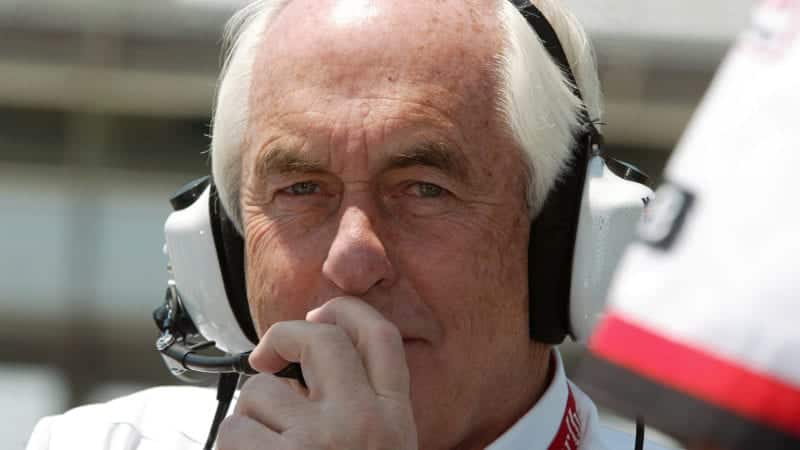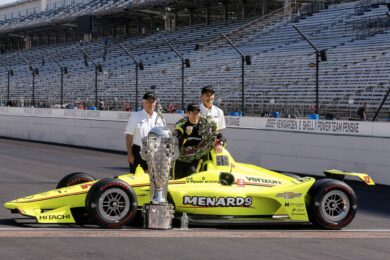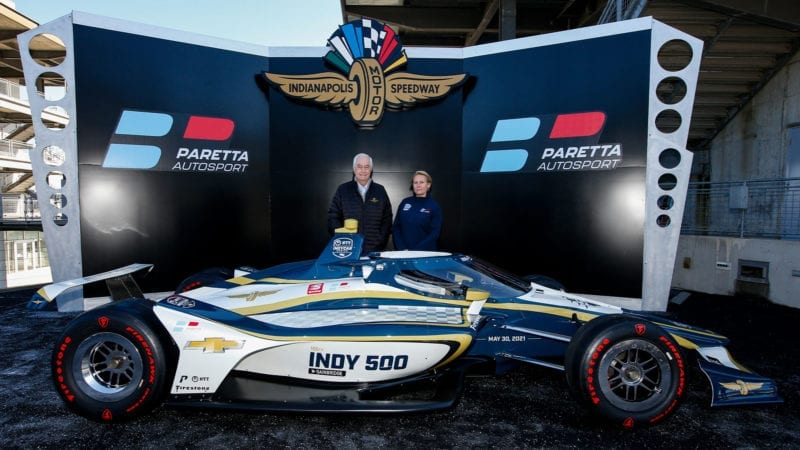Some of the more subtle changes, however, are sometimes the ones that stick out the most. While at the IMS last October for an 2021 Indianapolis 500 aerodynamic evaluation test, one could notice that the top of the infield tunnel entrance near the pagoda was now coated in bright yellow paint instead of remaining bare, with new signs indicating vehicular and pedestrian lanes. The eye-catching paint and signs were a reminder; it’s always been about the details for Penske.
On track competitors have known that for decades.
Upon hearing the news that Penske was buying IMS and INDYCAR, many felt that both couldn’t be in better hands, Bobby Rahal included.
“Thank God Roger did buy it,” said the 1986 Indianapolis 500 champion. “Because I really seriously doubt we would’ve had a season last year, that we would’ve had a 500 last year and it’s only because of Roger, his passion for particularly the Indy 500, but all racing, really. His passion is so well known and so strong, that come hell or high water that we were going to be racing for a championship [and] there was going to be a 500.”
Rahal has competed as a driver, a driver/owner and as a team owner against Penske every year since his rookie season in CART dating back to 1982, winning the 1986, 1987 and 1992 CART championships. As a team co-owner with David Letterman and Mike Lanigan, Rahal/Letterman/Lanigan Racing have also won the 2004 and 2020 Indianapolis 500s.
“Thank God Roger did buy it” Bobby Rahal
Rahal’s first concern for his organization was financial. The Ohio native knows of Penske’s ventures and successes, but wanted to make sure the RLLR sponsors were on board with the changes. Rahal hosted a conference call with every sponsor to brief them on what had happened and to answer any questions about who would become IMS’s fourth owner.
“I stated that I felt that this was the best thing that could’ve happened to IndyCar or to the 500,” said Rahal. “To a sponsor, every one said, ‘Yeah, this is the best thing that could’ve happened.’ There’s a lot of support on whatever side of the fence you’re looking in from, so you couldn’t have asked for anything more.”
Especially when the 2020 IndyCar Series was in danger due to the ongoing pandemic. After the March and April rounds of the championship were postponed (or, in some cases, cancelled) and other races were moved around, it was very clear for everybody that 2020 would not be a normal season. Extraordinary circumstances require extraordinary leadership, and everybody throughout the paddock felt that.










